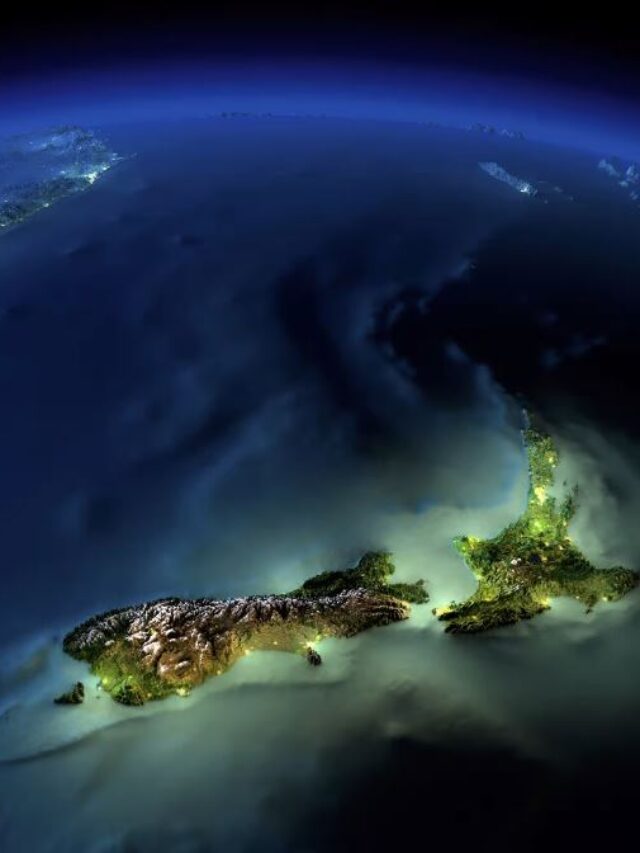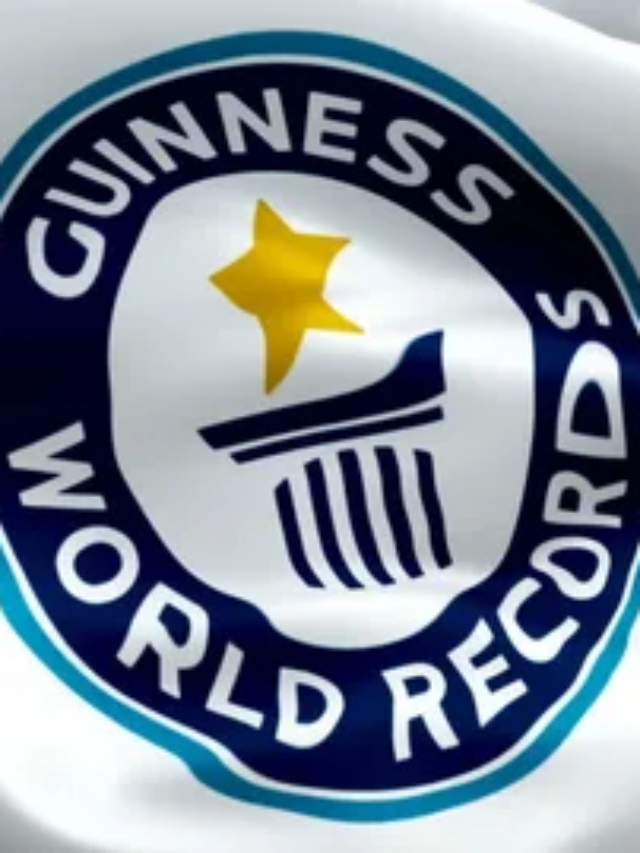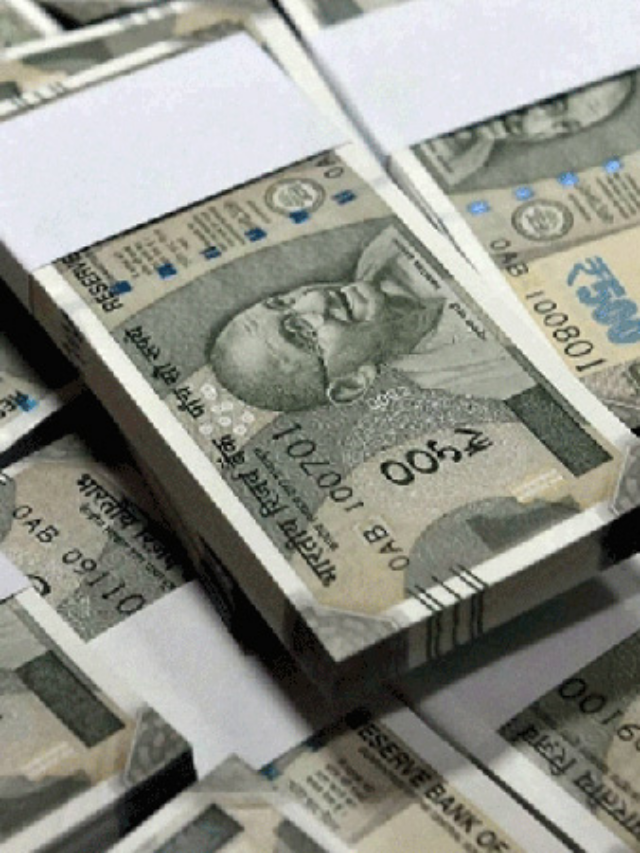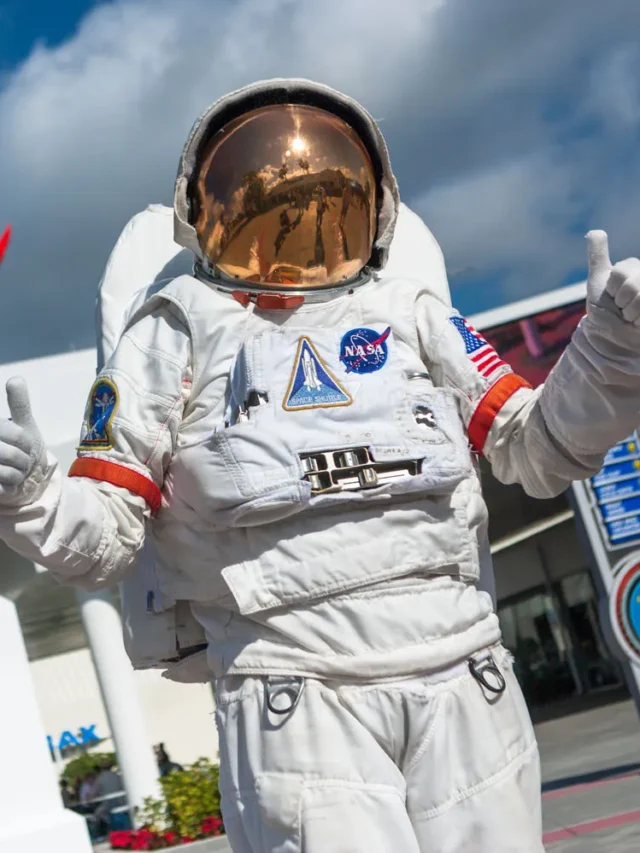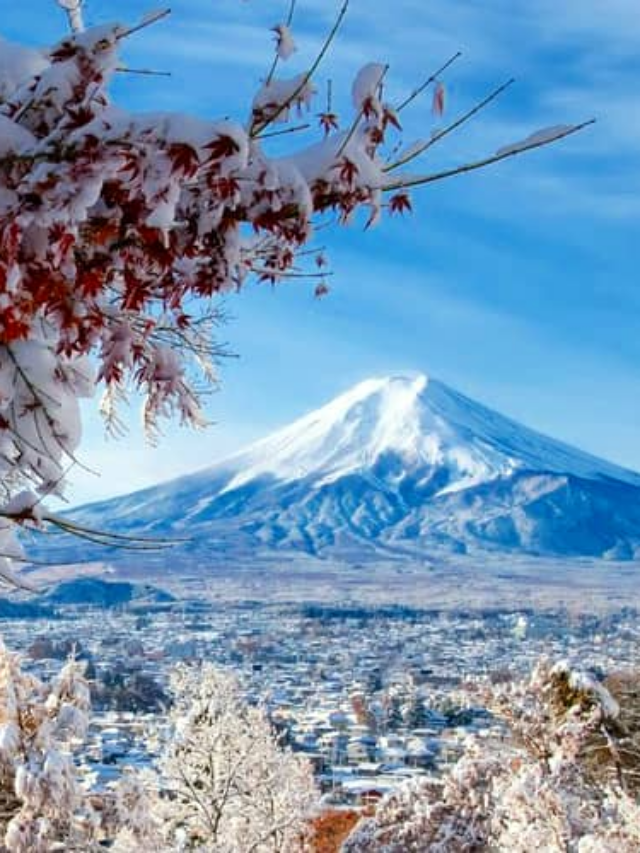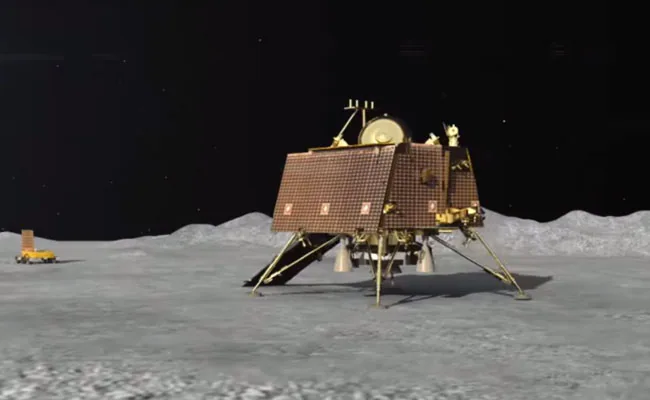
An instrument fitted in the Pragyan rover of Chandrayaan-3 has confirmed the presence of oxygen in the south pole region of the Moon. This was made possible because of the payload that is the instrument Laser Induced Breakdown Spectroscopy (LIBS). This was the first in-situ experiment of Chandrayaan-3 on the lunar surface. Apart from this, hydrogen is still being discovered. If hydrogen is also found after oxygen, then it will be easy to make water on the moon.
Libs (LIBS) analyzes them by throwing intense laser rays on the surface of the moon. These laser rays fall on the stone or soil with very high intensity. Due to this very hot plasma is produced. The light emitted from the plasma tells what kind of minerals or chemicals are present on the surface.
Apart from this, the minerals or chemicals that have been discovered are Sulphur, Aluminum, Calcium, Iron, Chromium, Titanium, Manganese and Silicon. That is, the quantity of these things may be more or less, but all these elements are present on moon’s surface.

Earlier, a special type of thermometer installed in Vikram Lander had told that there is a big difference in the temperature above the surface of the moon and 10 cm below the surface i.e. about 4 inches below. This was done by the ChaSTE payload attached to the lander. This device detects the heat within 10 cm without touching, falling or without digging the surface.
The surface temperature near the south pole of the Moon has been recorded for the first time. That’s why this graph is very important. If you look at the left side of the graph, you will find the depth written in millimetres. Means how deep is inside the surface.

Chaste is placed on the left side zero which shows the moon’s surface. As per the graph the temperature there is between 50 to 60 degree Celsius. The blue dots on the orange line show the temperature of the lunar surface.
Chandrayaan-3 Mission:
In-situ scientific experiments continue …..
Laser-Induced Breakdown Spectroscope (LIBS) instrument onboard the Rover unambiguously confirms the presence of Sulphur (S) in the lunar surface near the south pole, through first-ever in-situ measurements.… pic.twitter.com/vDQmByWcSL
— ISRO (@isro) August 29, 2023
But exactly below the same surface, 10 cm inside the temperature is -10 degree Celsius. This means that the surface of the moon is very hot and as you go deeper into the surface, the temperature decreases and it gets cold.
Also Read: LPG Cylinders Rates Decreased to Rs. 200 Under Ujjwala Scheme: Sources
To read more such news, download Bharat Express news apps









